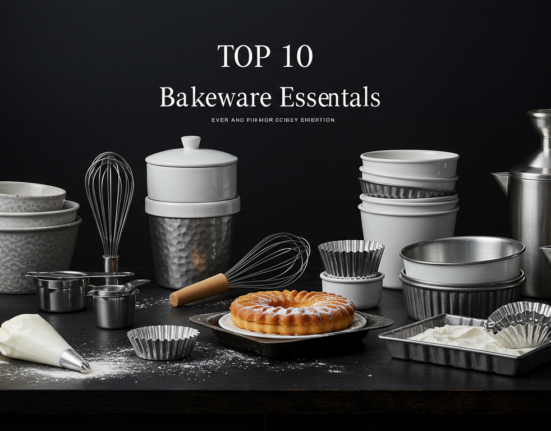Injection Molding Machines
At the heart of every facility is the injection molding machine itself. This is where raw plastic material is melted, injected into a mold, cooled, and then ejected as a finished product. Machines vary in size and clamping force, and selecting the right one depends on the size and complexity of your parts. Key components of the machine include:
- Injection unit: Heats and injects plastic into the mold.
- Clamping unit: Holds the mold halves together during injection.
- Control system: Monitors and adjusts settings like temperature, pressure, and cycle time.
Choosing between hydraulic, electric, or hybrid machines depends on your budget, production speed, and energy efficiency goals.
Molds and Tooling
At the core of every injection molding process is the custom tool and die, designed specifically to form your plastic components with precision. These molds are carefully engineered to match the exact specifications of your part designs, making them essential for consistent, high-quality output. Investing in precision-machined molds—whether for prototyping or full-scale production—is key to minimizing defects and maintaining uniformity.
For short production runs or initial testing, aluminum molds offer a cost-effective solution, while hardened steel molds are better suited for high-volume applications due to their durability and longevity.
In addition to the mold itself, essential tooling components include:
- Ejector pins – to release finished parts from the mold
- Cooling channels – for efficient temperature regulation and faster cycle times
- Guide pins and bushings – to ensure proper alignment of mold halves
Maintaining your custom tools and dies with the right cleaning and servicing equipment is just as important as the initial investment. Proper mold care extends tool life, reduces downtime, and helps maintain optimal performance over time.
Material Handling Systems
Feeding raw plastic resin into the injection molding machine efficiently and safely is a key part of streamlined production. A material handling system typically includes:
- Hoppers and dryers: Hoppers store resin, while dryers remove moisture to prevent defects like splay and bubbles.
- Conveyors and loaders: Automate material movement from storage to the molding machine.
- Mixers and blenders: Ensure uniform color and consistency, especially when using additives or recycled plastics.
Automated systems reduce labor costs and help maintain a steady production flow.
Temperature Control Units
Precise temperature management is vital to both the injection molding machine and the molds. This is where temperature control units (TCUs) and chillers come into play.
- Mold temperature controllers (water/oil-based): Regulate mold temperature for consistent part quality.
- Industrial chillers: Remove excess heat from the process, preventing overheating and ensuring cycle time efficiency.
Without accurate temperature control, you risk warping, sink marks, and extended cooling times.
Part Removal and Handling Equipment
Once the part is molded and cooled, it must be removed and transferred without damage. Facilities typically use:
- Robotic arms or pick-and-place systems: Speed up production and reduce labor strain.
- Conveyor belts: Move finished parts from the machine to quality inspection or packaging areas.
- Ejector systems: Ensure smooth, damage-free removal of molded parts.
Automating this part of the process reduces cycle times and improves consistency.
Quality Control and Inspection Tools
No facility can afford to skip quality assurance. Monitoring and inspecting parts during and after production helps ensure standards are met. Common inspection tools include:
- Digital calipers and micrometers: For measuring part dimensions.
- CMM (Coordinate Measuring Machines): For detailed 3D inspection.
- Vision inspection systems: Automated systems that scan for surface defects, warping, or misalignment.
Investing in quality control not only avoids defects but builds customer trust and reduces waste.
Granulators and Regrind Systems
Sustainability and cost-effectiveness go hand in hand. A granulator helps recycle scrap parts and runners by grinding them into regrind that can be reprocessed.
- Granulators: Chop defective parts or sprues into reusable material.
- Regrind feeders: Blend regrind with virgin resin for efficient reuse.
This equipment supports eco-friendly practices and helps reduce material costs.
Safety and Maintenance Gear
Safety should never be an afterthought in any manufacturing environment. Ensure your facility includes:
- Machine guards and interlocks
- Emergency stop buttons and lockout/tagout systems
- Ventilation systems for handling fumes and dust
- PPE (Personal Protective Equipment): Gloves, goggles, ear protection, and uniforms
Routine maintenance equipment, such as lubrication systems and cleaning tools, is also essential to keep machines in top working order.
Final Thoughts
An injection molding facility is only as strong as the equipment it operates. From the core molding machines to the supporting systems that manage materials, temperature, and quality control, each component plays a vital role in overall efficiency and product excellence. By investing in the right tools and systems, you’re not just producing parts—you’re building a reliable, scalable, and safe manufacturing environment.
Thinking about setting up or expanding your facility? Make sure these essentials are at the top of your list.







